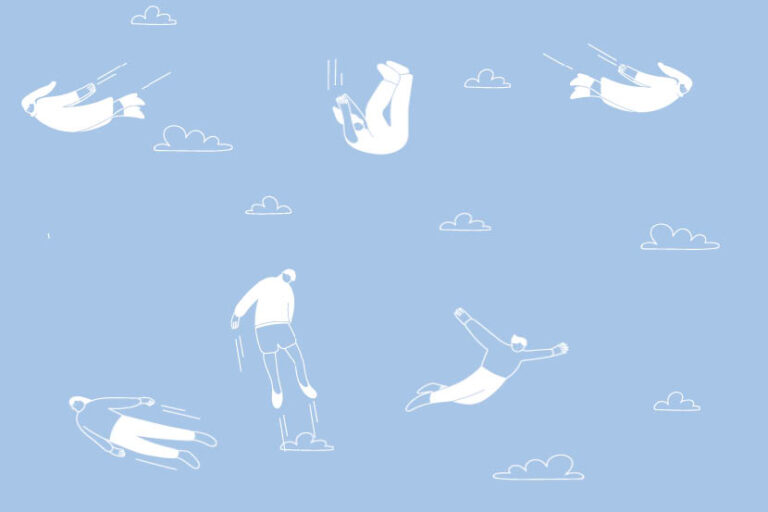
Feeling burnt out or overwhelmed? Not all rest is the same. Discover five distinct types of rest – physical, mental, social, sensory, and creative – and choose the one that best suits your needs to truly recharge.
What type of rest do you need?
1 Physical
The easiest and most obvious to identify, this manifests itself as tiredness in the body. Lack of sleep, heavy manual work, or physical exertion can result in bodily fatigue. You might feel lethargic, low on energy, and have achy muscles.
What’s needed:
Physical rest can be passive – maybe upping your sleeping hours with a nap, an early night, or a sleep-in – or active, which involves resting the body in a waking state. This could be done with the help of an activity like restorative yoga, a massage, or a warm bath. You can also rest your body while nurturing the mind, by reading, listening to a podcast, or watching a documentary.
2 Mental
Often difficult to recognise. Signs include brain fog, feeling frazzled, or being unable to focus.
This type of exhaustion often follows extended periods of working or concentrating on problem-solving tasks. Emotional exhaustion, which might stem from draining social interactions or internal struggles, can also leave your brain in need of a breather. ‘It’s important to consider whether you need a break from work, a person or situation, or maybe a combination of all these things,’ says Audrey.
What’s needed:
Gain headspace by stepping away from demanding tasks and technology. A walk, run, or swim can be mentally restorative.
Disconnecting from devices for a while helps, too. If you’re short on time, useful but less cognitively challenging chores, such as folding the laundry can provide a break in your day.
3 Social
Depending on where you fall on the extrovert-introvert scale, you might sometimes find socialising to be tiring. When you’re socially exhausted, you’re likely to feel drained and even anxious or disconnected.
What’s needed:
To restore yourself, you need to build alone-time into your schedule. How you spend it is up to you.
To do this effectively, create realistic boundaries with the people in your life. ‘Learn to say no to people and situations,’ says Audrey. ‘If this is difficult for you, put limits on the time you have available.’ Being honest with people in advance about what you can offer makes it more likely that they’ll be respectful of the way you decide to allot your free time.
Avoid spending too long with people you find draining, too.’

4 Sensory
‘You’re constantly processing information from both your external environment and from within your body,’ says Jo. ‘Parts of this sensory information help to facilitate rest and calm while other parts can be overwhelming – bright lights, loud noise, and people are all triggers for overstimulation.’ Signs you’re in need of a sensory siesta include feeling irritable, jumpy, anxious, or on edge.
What’s needed:
Look for ways to ensure your environment is suited to your sensory needs. Maybe you want silence around you or perhaps you prefer soothing background music. You can recover from sensory overload by looking for the opposite environment to the one you’ve come from. After a busy party, you might need time alone. If you’re overstimulated by work or too much screen time, a walk in the fresh air can provide the respite you require.
5 Creative
For those engaged in creative work or pursuits, burnout is common. The need for respite from generating new ideas can manifest as feeling stuck, uninspired, or less motivated. You might find it hard to switch off that inspiration-seeking radar.
What’s needed:
It’s important to allow time to just be. This might mean enjoying something for the pure pleasure of it. ‘Watch, read, or see something, not to be inspired but to be entertained and swept away,’ says Audrey.
Alternative creative activities can also be restorative. A writer might benefit from watching a film or a dancer from visiting an art exhibition. Often, the best ideas come when you take a step back and stop trying so hard. So to fill up your creative cup, it’s important to find ways to make room in your life for the rest you need.



















